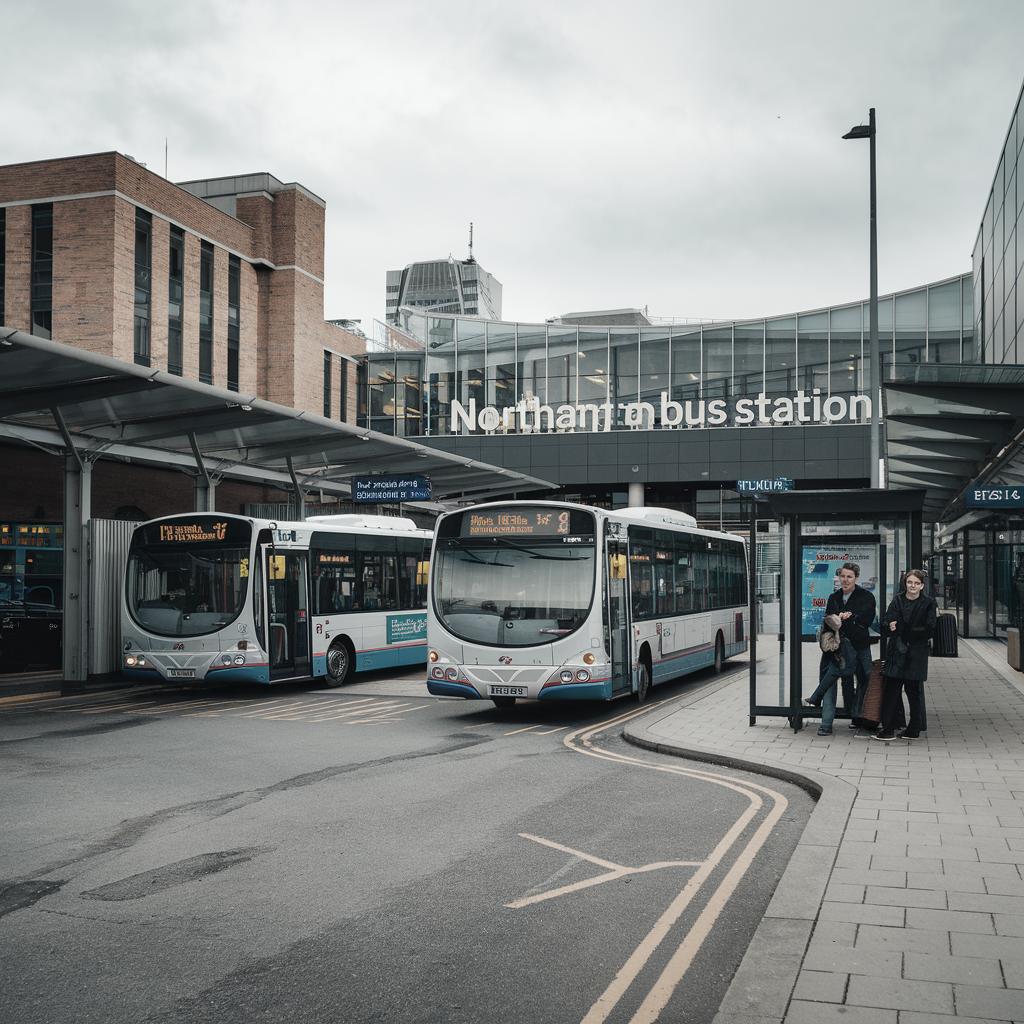Exploring the Limitations of Public Transportation in Northampton
Public transportation in Northampton, while crucial for the daily commute of many residents, is faced with several limitations that hinder its overall efficiency and effectiveness. In this article, we explore the key challenges within the public transportation system in Northampton, including issues relating to safety, general operations, and sustainability. By analyzing these limitations, we aim to present a clearer picture of the current state of public transportation in Northampton and suggest areas for improvement. Delve into each section to understand how these factors influence the public transit experience and what steps can potentially be taken to enhance it.
Section 1. General information
Northampton’s public transportation system primarily consists of buses and trains, which serve as essential modes of mobility for a large number of residents daily. The bus network covers a wide array of routes connecting the town center with surrounding neighborhoods and towns. Similarly, the train services provide vital links to key cities, enhancing the accessibility of the area. However, these services are not without their limitations. Frequent updates, schedule changes, and route cancellations often disrupt travel plans, leading to frustration among commuters.
A major limitation is the lack of frequency in service, especially during off-peak hours and weekends. Many areas experience long wait times, which discourage the use of public transportation and lead individuals to resort to private car usage, inducing traffic congestion. In addition to operational timing, there are issues related to the age and maintenance of the transit vehicles, which can result in reliability problems and increased vehicle downtimes.
Section 2. Safety
Safety in public transportation is a significant concern among Northampton residents. Reports of overcrowding on buses and platforms during peak times raise concerns about potential emergency situations and the ability to manage them effectively. Furthermore, the condition of some vehicles and infrastructure also contributes to occupants’ safety worries, as maintenance delays can lead to mechanical problems.
Another critical safety issue is the lack of adequate lighting and security measures at bus stops and train stations, particularly those in less populated areas. This absence of visibility makes these locations more vulnerable to criminal activities, creating a deterrent for potential users who do not feel secure traveling at night. Improving surveillance and increasing staff presence are among the suggested solutions to enhance the safety of public transportation in Northampton.
Section 3. Sustainability
Sustainability is an increasingly important aspect of public transportation systems worldwide, and Northampton is no exception. The current public transport offerings still rely heavily on non-renewable energy sources, making it a challenge to meet contemporary environmental standards. There is a need for a strategic shift towards more sustainable energy sources, such as electric or hybrid vehicles, to reduce carbon emissions and improve the environmental footprint of public transportation.
Moreover, promoting public transportation as a favorable option over individual car usage is crucial to achieving a more sustainable urban mobility system in Northampton. This includes investing in technology for real-time updates, ensuring affordability, and enhancing the overall convenience of commuting. These steps not only contribute to sustainability efforts but also improve the public perception and usage of the transportation network.
Last updated: December 2023
As Northampton continues to grow and evolve, addressing the limitations of its public transportation system is crucial for ensuring efficient mobility and enhancing the quality of life for its inhabitants. By focusing on improving service availability, safety measures, and sustainable practices, Northampton can work towards a more robust and resilient public transportation network.
Next steps
| Aspect | Key Challenges | Suggested Improvements |
|---|---|---|
| General Information | Infrequent services, outdated vehicles | Increase frequency, modernize fleet |
| Safety | Overcrowding, security issues | Improve lighting, enhance security presence |
| Sustainability | Dependence on non-renewable sources | Adopt electric/hybrid technology, promote usage |


